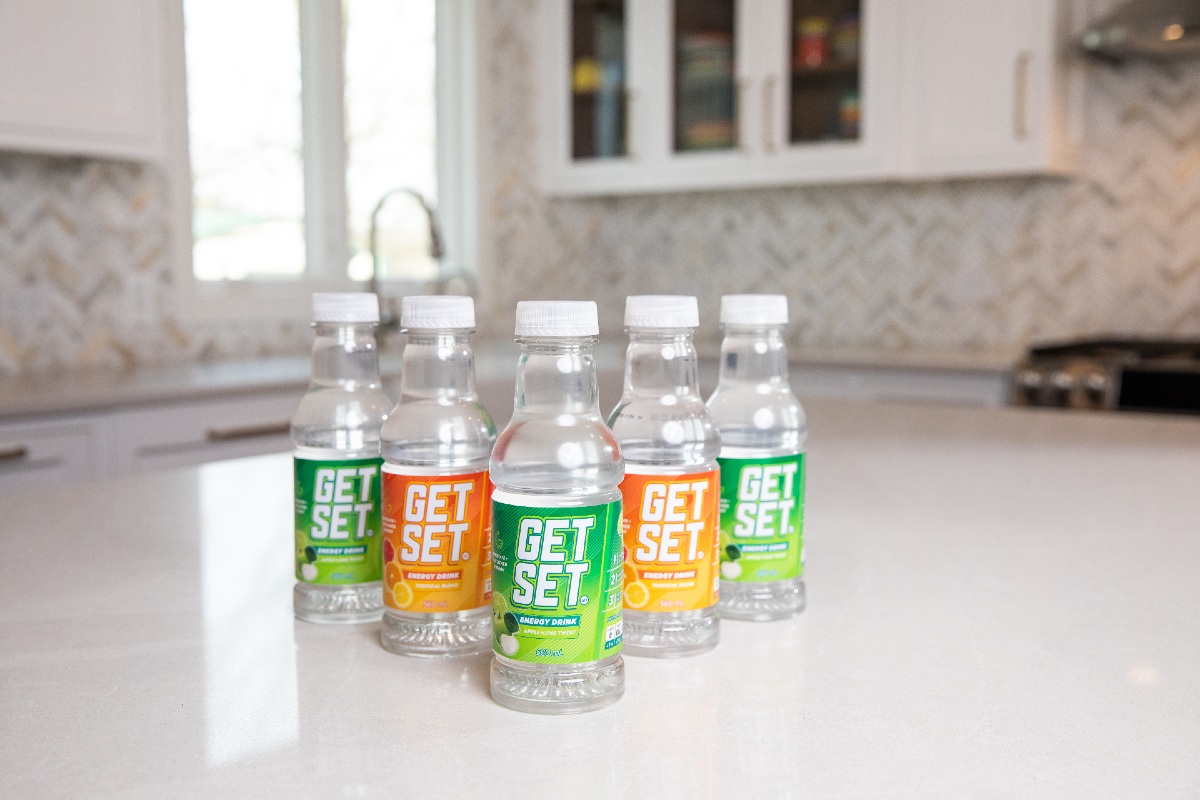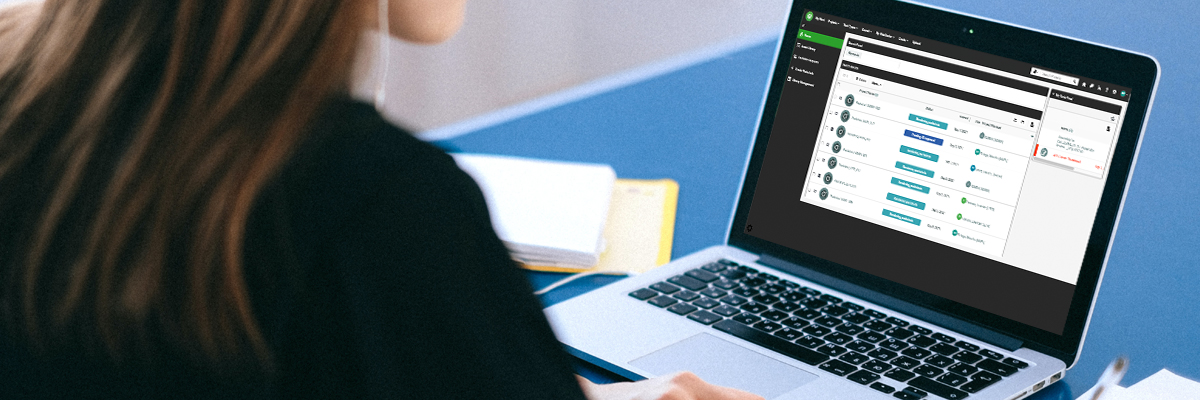Private label brands are winning the millennials market, and a key piece of their strategy is packaging. In the arena of consumer perception, private label products are tallying some impressive wins. Previously associated with words like “generic” and “cheap,” private label items are now increasingly sought out by consumers daily. In fact, some of BLUE’s large retail customers report private label accounts for as much as 50% of their business.
The points on the scoreboard can partially be attributed to millennials, who are seeking – and finding – authenticity, transparency, and best value in private label products. It’s interesting to note that approximately 77 percent of millennials say they don’t want to buy the products their parents did, and 88 percent think private label products are just as good.
Some of what’s driving the shift in purchasing behavior in millennial consumers is the simple fact that they didn’t grow up with the same advertising, the same exposure, and the same big three TV networks their parents did. They consume media in a completely different way, turning to review sites and outlets like Yelp and BuzzFeed, which, in turn, change the way they perceive and consume products.
Nor do millennials respond to traditional advertising messages. Catchy taglines that promote “cleaner, whiter, bigger, and brighter” simply don’t resonate. This audience came of age in a recession, saddled with student debt. They lived at home for longer than they anticipated. They care less about “cleaner, whiter, bigger, and brighter” and more about lower prices and mission-driven strategies that improve economics everywhere.
Private Label Packaging
Some retailers, recognizing the potential of the millennial market, are now focusing more on their in-house brands. Target, for example, has rolled out several of its own private label brands in recent years, designed to engage the millennial market. These efforts include offering more organic, gluten-free, and natural products on its grocery aisle shelves and collaborating with designers popular among the millennial set. Those initiatives appear to be working, as Target products’ unique combination of attributes and affordability resonates with millennial shoppers.
A critical piece of these private label strategies is packaging. Much of the time, millennials report they can’t tell the difference between a store brand and a national player – and this isn’t a coincidence. Retailers like Target have actually worked hard to make their private label brands indistinguishable by investing in better packaging and using clean designs and modern fonts and colors.
They also use packaging real estate to promote attributes millennials care about, such as trustworthiness, ingredient transparency, health, and sustainability. Millennials look for labels to go beyond a simple ingredient list and communicate in-depth information such as the source of the ingredients, what channels have touched the product along the way, and even the time frame from farm to store.
This, of course, is where BLUE’s Label and Artwork Management technology can help. Our SaaS-based solution includes end-to-end project coordination, workflow management, online collaborative proofing, and business intelligence tools that streamline the label and packaging process for retailers with thousands of suppliers – yielding improvements such as faster time-to-market and sales lift.
For example, launching a new private label brand is easier when you have automated workflow management tools at your fingertips to provide you with more control over the product-to-market process and improve the quality of communication between you, your suppliers, and your agencies. With proactive, automated alerts, you can ensure every decision maker gives appropriate input on product information, artwork, and labels long before they are set to launch.
Furthermore, powerful tools like online proofing provide a rapid feedback mechanism for key stakeholders to weigh in on a new private label package – from die lines, to romance copy, to artwork, to ingredient lists and other nutritional information – making the approval process much more efficient and reducing the number of approval cycles.
And with business intelligence, retailers can ask the hard questions post-launch:
- Did the review cycle times for the new private label take too long?
- Is there a pattern in the reasons why stakeholders rejected the new labels and artwork?
The right KPIs paint the big picture and identify exactly which parts of the new product-to-market process are working, and which need to be fine-tuned.










